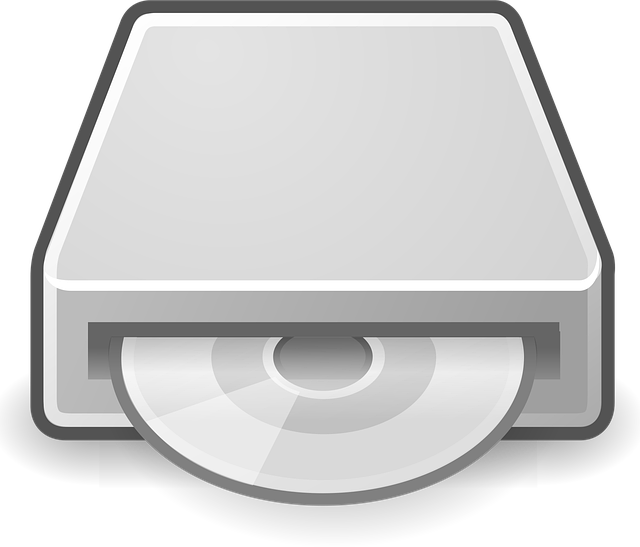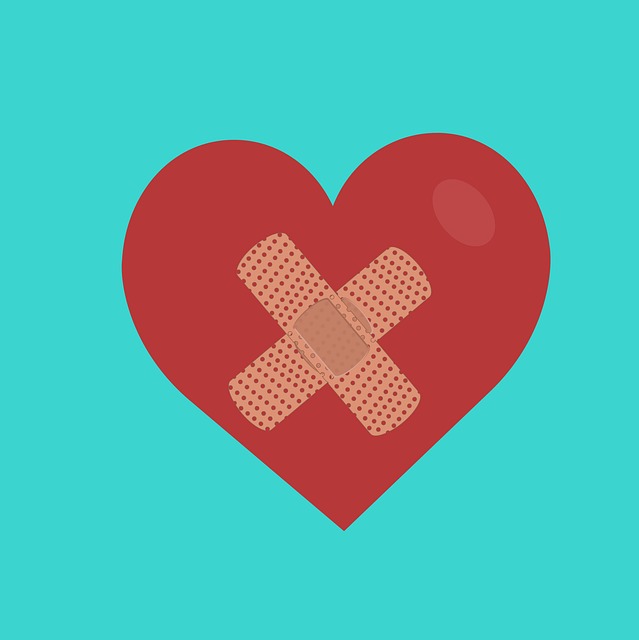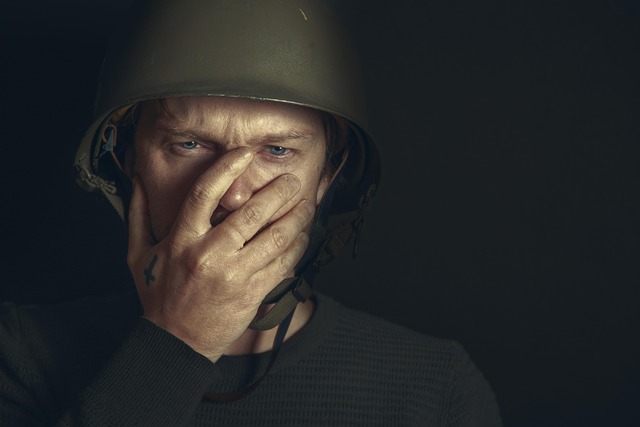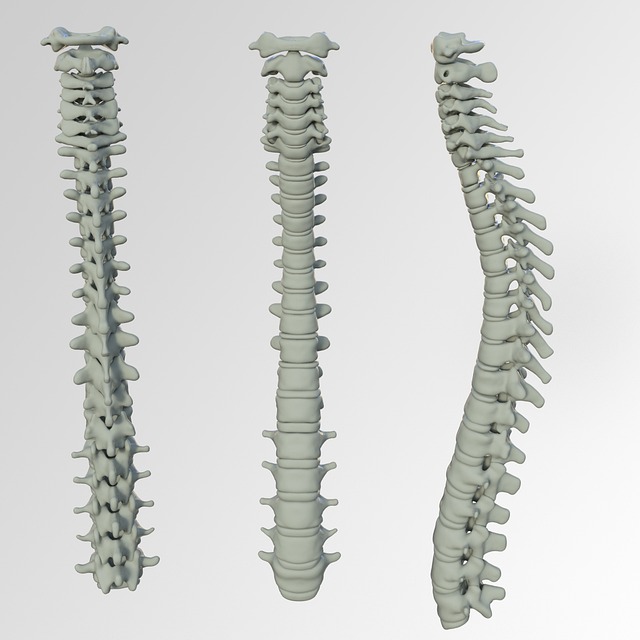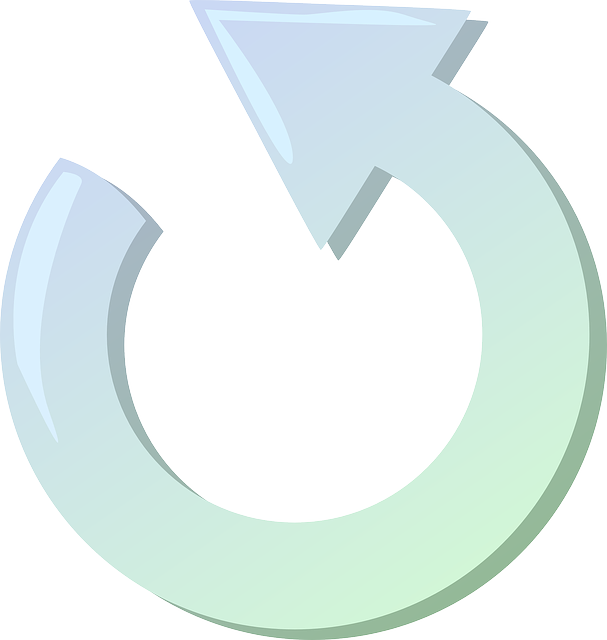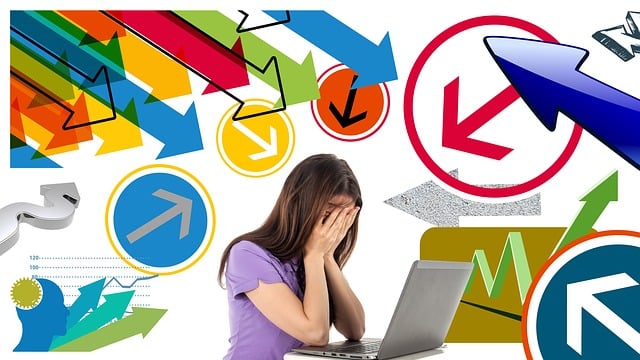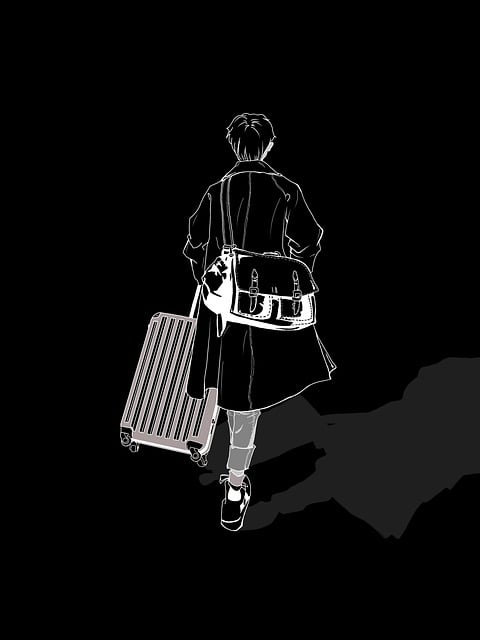Chiropractic support is an effective treatment for back and neck spasms caused by motor vehicle accidents, focusing on spinal manipulation to restore alignment, reduce pain, and ease tension. While initial chiropractic care addresses symptoms, a holistic approach combining at-home remedies like stretching, heat/ice therapy, medication, and stress reduction promotes long-term wellness and recovery.
Back and neck spasm management is crucial after a motor vehicle accident. Understanding the root cause, such as muscle strain or tissue damage, is the first step towards relief. Chiropractic care offers a natural approach to alleviate pain and promote healing through gentle adjustments and specialized techniques, providing much-needed chiropractic support for motor vehicle accident-related muscle spasms. Additionally, home remedies can offer long-term relief and prevent future episodes.
- Understanding Back and Neck Spasms After an Accident
- The Role of Chiropractic Care in Muscle Relaxation
- Effective Home Remedies for Long-Term Relief
Understanding Back and Neck Spasms After an Accident

Back and neck spasms after a motor vehicle accident are a common occurrence, often resulting from the sudden impact and subsequent physical trauma experienced during the incident. These spasms can range from mild to severe discomfort, affecting individuals’ daily lives and mobility. Chiropractic support has emerged as an effective treatment option for managing these post-accident muscle spasms.
Chiropractors specialize in diagnosing and treating musculoskeletal disorders, including those caused by vehicular accidents. They employ various techniques such as spinal manipulation, therapeutic exercises, and soft tissue therapy to alleviate pain and reduce muscle tension. Chiropractic care aims to restore proper alignment and mobility of the spine, which can help ease back and neck spasms, improve posture, and promote overall healing after an accident.
The Role of Chiropractic Care in Muscle Relaxation
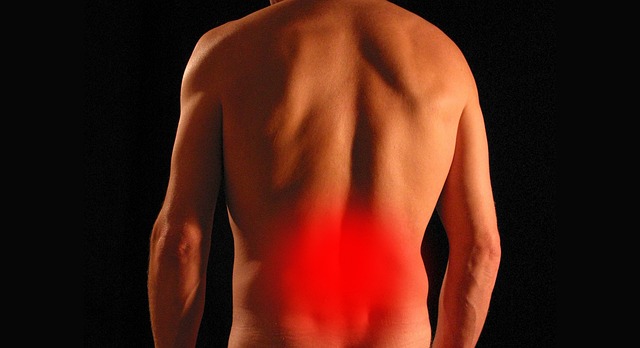
Chiropractic care has established itself as a valuable approach in managing back and neck spasm, particularly after a motor vehicle accident. Chiropractors utilize various techniques to assess and correct misalignments in the spine, which are often responsible for muscle tension and spasms. Adjustments, such as spinal manipulation, can provide immediate relief by promoting nerve function and reducing inflammation.
One of the key benefits of chiropractic support is its ability to address the underlying causes of muscle spasms related to accidents. Chiropractors focus on improving joint mobility, restoring proper alignment, and facilitating the body’s natural healing process. This holistic approach not only helps in relaxing tight muscles but also promotes long-term recovery by enhancing overall spinal health and range of motion.
Effective Home Remedies for Long-Term Relief
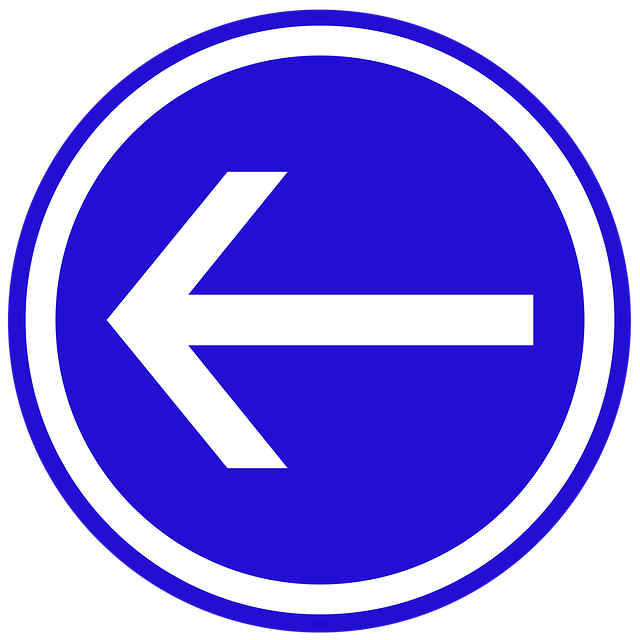
Many people struggling with back and neck spasms after a motor vehicle accident find lasting relief through simple, at-home remedies. While chiropractic support is often crucial for managing acute symptoms post-accident, maintaining long-term wellness involves proactive measures.
Regular, gentle stretching exercises targeted at the affected muscles can help improve flexibility and reduce tension. Applying heat or ice packs alternated regularly can also alleviate pain and inflammation. Additionally, over-the-counter anti-inflammatory medications can provide significant comfort. Incorporating stress-reducing practices like deep breathing or yoga into your daily routine is another effective strategy, as chronic stress often exacerbates muscle spasms.
Managing back and neck spasms after a motor vehicle accident is essential for long-term relief. By understanding the causes and implementing effective strategies, individuals can find comfort. Chiropractic care offers a natural approach to muscle relaxation, while home remedies provide sustainable solutions. Combining these methods allows for comprehensive management of post-accident spasms, enabling folks to regain control over their well-being.





